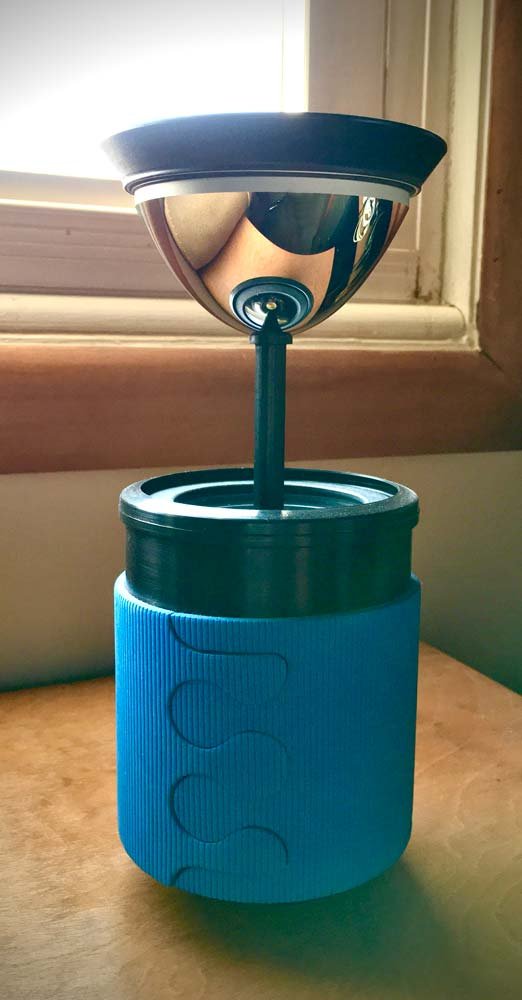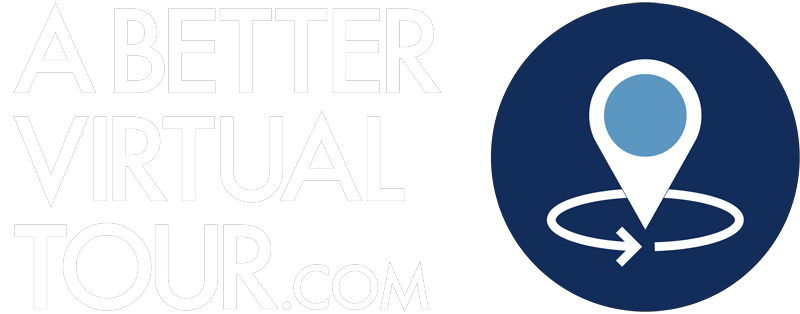Creating Virtual Tours Since The Last Millenium. A Bit About Me and Virtual Tours
A Better Virtual Tour is just one of the creative services I offer under Chris Sebes Design. I’m a New Jersey native, have been a Sussex County, New Jersey resident since 2000, and it’s where my business is based. My travels take me all over New Jersey, New York, and Pennsylvania. I’m also a member of the Sussex County Chamber of Commerce as well as the Randolph Area Chamber of Commerce.
I’ve been in the marketing and advertising world since 1992. Back then, there was no such thing as a virtual tour. It would have to wait almost a decade to begin to catch on.
My first virtual tour was for the Morris County ad agency that I would end up working at for more than a decade. It involved using one of the earliest digital cameras mounted vertically on a tripod to take portrait-oriented images. Each 360-degree panoramic image consisted of 12 slightly-overlapping photos, stitched together. They were captured by rotating the camera 30 degrees for each photo until the full 360 degrees were captured.
Because we didn’t have the ideal set-up to center the camera’s sensor on the pivot point, some image tweaking was necessary. The laborious task of lining up the images took time, especially if the camera wasn’t completely level when shooting. Stiching lines were sometimes more visible than others and required more time blending out.
Once the stiching and touch-ups were done, the images were loaded into Apple’s Quicktime VR Authoring Studio, where the tour was assembled.
Hot spots in each panoramic image indicated an area where you could click to go into another room, up or down stairs, or through a door.
Delivery of the tour was another challenge. I had to reduce the display size and compress the life out of these images to get smaller file sizes. This was necessary since most of the world was still on 56kbps dial-up internet back then.
Some lieniency was allowed since it was a business and you expected other businesses to also have some sort of high-speed internet. Back then, the ad agency had a T-1 line with a blistering 1.54Mbps.
With all that, the end results were pretty rewarding. The virtual tour lived on the company’s website for quite a few years.

New Hardware
After life at the ad agency, a college friend and I working together for a short time. He’d started a small marketing agency in the Buffalo, New York area. Virtual tours of their spaces would be a key services we’d offer many small businesses. Hoiwever these were usually just a few rooms, if only one. Many were generally just panoramic images of individual rooms.
We began using a Kaidan 360 One VR lens attachment(which you may still be able to find on eBay). Use of this piece involved pointing the camera straight up at the ceiling. The attachment was then mounted to the lens of the camera.
The camera was taking a photgraph of a donus shaped image of the room
The Last Hurrah… For a While
In 2009, the video production facility I was working for moved into a new facility. My boss had gutted and redesigned the entire space, creating a top-notch location for film, corporate video, commercials, and television production.
This was a perfect opportunity to create a very helpful virtual tour, complete with a blueprint-style layout, allowing visitors to jump from one room to another. He still uses the tour on his website to this day.
The tour for the production facility would be the last time I would use the Kaidan lens attachment. Although it was faster than shooting and stitching 12 photos together, that lens can’t compare to what I have today in an 60-megapixel, dual fish-eye lens, HDR-capabile camera that I can remotely preview and trigger from my iPad or iPhone.
Stuck in Time
Sadly (or maybe luckily), these virtual tours and panos will likely never be able to be natively viewed on modern computers. The codec that was used to interact with these images has long been abandoned.
However, for nostalgia sake, I’m able to interact with them on my old PowerBook G3 and iBook G3 laptops running MacOS 9.1. I will say that it’s fun to see where this all started, remembering what I used to go through to make one of these, and what I can do now.
Where are all of the
Virtual Tours?
So why do you see so few virtual tours? Likely because they’re not easy to create and implement. But I feel that the results are well worth the effort and I want to help show off your space or business. I also enjoy making them. Although, it can be challenging to find a place to hide from a camera that photographs the entire room.
Google plays a big part in bringing new eyeballs to your website. Their search algorithms are designed to look for more activity and longer visits on websites. When Google see visitors spending more time on a site, they take it as a sign that there’s something engaging and valuable there. Whether it’s someone reading lots of detailed information, watching videos, purchasing products, or looking at photographs, attention is being retained. Google sees that kind of behavior and they push you up higher in search rankings.
Keeping your visitors’ attention is naturally done with a virtual tour. It’s different. It’s intriguing. It’s captivating. It’s informative. It’s also a lot of fun.
With a virtual tour, you’re giving your audience a much better understanding of how your space is laid out. How many times have you seen a regular photo of a room, only to realize in person how misleading or unrepresentative the photo was? Give your clients the whole picture.
There’s lots to like about virtual tours and lots of cool things can be included with your virtual tour to provide more information to visitors. Aren’t you curious to find out what those are? Visit the Pricing page for details.
You may have some questions. If you do, I’m here.
Click/Tap & drag to see what a regular photograph can’t show you.
Me during the production of the Barrymore Film Center’s virtual tour. Just one of more than 120 panoramic photos taken to make up their tour.



